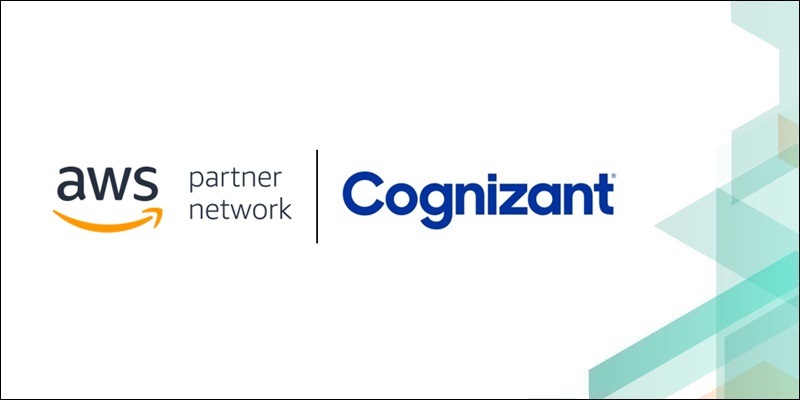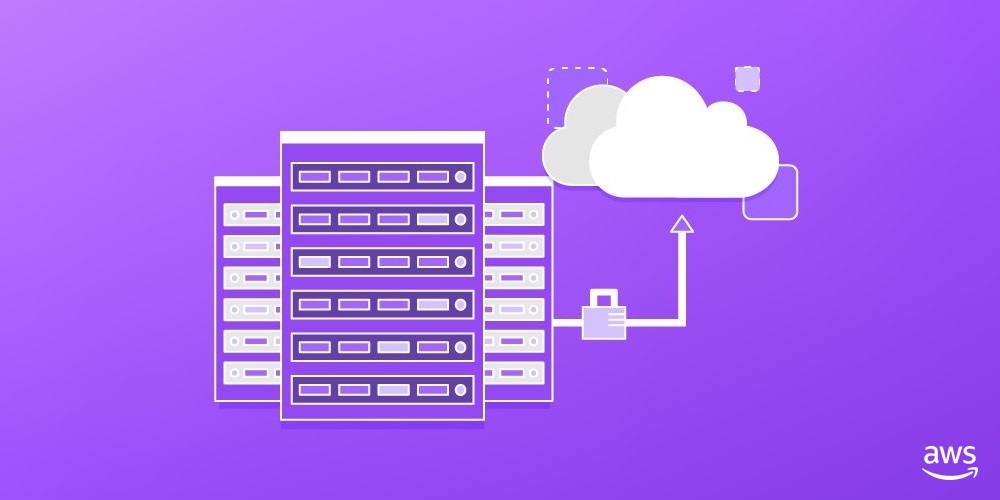AWS Partner Network (APN) Blog
Tag: AWS Marketplace
Monitor Your Migration to AWS Graviton2-Powered Amazon EC2 Instances with Datadog
If you’re thinking about shifting existing workloads to an AWS Gravitron2-powered Amazon EC2 instance, Datadog can help you monitor your migration and get insight into your entire AWS infrastructure. Install the Datadog Agent, open-source software available on GitHub, to collect infrastructure metrics, distributed traces, logs, and more from your Amazon EC2 instances. With Datadog Amazon EC2 integration, you can monitor even more of your AWS infrastructure, complementing the data collected by the Agent.
Using Shift-Left to Find Vulnerabilities Before Deployment with Trend Micro Template Scanner
Shift-Left is increasingly being employed within DevOps organizations to ensure companies minimize risk early in their infrastructure as code (IaC) deployment cycle. This post explains how to combine two of the technologies that make Shift-Left possible. The first is AWS CloudFormation, which represents IaC, and the second is Trend Micro’s Template Scanner, which checks your IaC to make sure it conforms to the AWS Well-Architected Framework.
Configuring AWS Resources to Enable a Remote Workforce on Citrix Virtual Apps and Desktops
Businesses around the world are starting to adapt to a remote workforce on a large scale faster than ever. Remote working is becoming the new normal, or at least a must-have capability. Citrix Virtual Apps and Desktops is a solution that gives your workforce fast and secure access to company resources from any location at any time. This post shows you how to determine the best and least expensive infrastructure for running Citrix Virtual Apps and Desktop on AWS.
Change Data Capture from On-Premises SQL Server to Amazon Redshift Target
Change Data Capture (CDC) is the technique of systematically tracking incremental change in data at the source, and subsequently applying these changes at the target to maintain synchronization. You can implement CDC in diverse scenarios using a variety of tools and technologies. Here, Cognizant uses a hypothetical retailer with a customer loyalty program to demonstrate how CDC can synchronize incremental changes in customer activity with the main body of data already stored about a customer.
How to Proactively Monitor Amazon RDS Performance with Datadog
To proactively identify and remediate potential errors, you need deep visibility into your entire Amazon RDS environment. This post shows you how Datadog can fetch data from Amazon CloudWatch and your Amazon RDS database instances to give you a comprehensive view of your cloud environment. We also dive into how you can automatically detect performance anomalies, abnormal throughput behavior, and forecasting storage capacities.
How TIBCO Leverages AWS for its COVID-19 Analytics App
TIBCO Software has launched an analytics app to track the spread and impact of the COVID-19 pandemic in real-time, over local regions worldwide. The goal of this analytics app is to enable organizations to assess the potential impact of the COVID-19 pandemic on their business fabric, using sound data science and data management principles, in the context of real-time operations. Learn some of key capabilities of the app and how it was developed on AWS.
Accelerating Agility with 12 Attributes for Mainframe Workloads
Mainframes typically host core business processes and data. To stay competitive, customers have to quickly transform their mainframe workloads for agility while preserving resiliency and reducing costs. There is a challenge in defining the agility attributes and prioritizing the corresponding transformations for maximum business value in the least amount of time. In this post, dive deep in the practical agility attributes needed by mainframe workloads, and how to accelerate the transformation towards such agility with AWS.
Live Patching Linux Without Downtime on AWS Graviton2-Based Instances
Keeping your Linux system up to date with the latest operating system and application software patches is one of the most effective ways to strengthen system security. Enterprises sometimes neglect to install the latest security updates because most kernel upgrades and security patches require a system reboot, which means downtime and waiting for reboot cycles. KernelCare from CloudLinux can live patch Amazon EC2 instances based on AWS Graviton2 Arm64 processors.
Optimizing Supply Chains Through Intelligent Revenue and Supply Chain (IRAS) Management
Fragmented supply-chain management systems can impair an enterprise’s ability to make informed, timely decisions. Accenture’s Intelligent Revenue and Supply Chain (IRAS) platform integrates insights generated by machine learning models into an enterprise’s technical and business ecosystems. This post explains how Accenture’s IRAS solution is architected, how it can coexist with other ML forecasting models or statistical packages, and how you can consume its insights in an integrated way.
AWS Single Sign-On Service Integration Guide for CloudHealth
AWS Single Sign-On makes it easy for end users to sign into the AWS Console and access applications with a single set of credentials. Until now, customers had to sign in to the AWS Console to work with AWS resources, and they had to sign in separately to CloudHealth to analyze and manage their computing environment or the resources in their environment. Learn how to connect CloudHealth with AWS SSO using SAML 2.0, so your users have a single experience to access both the AWS Console and CloudHealth.








